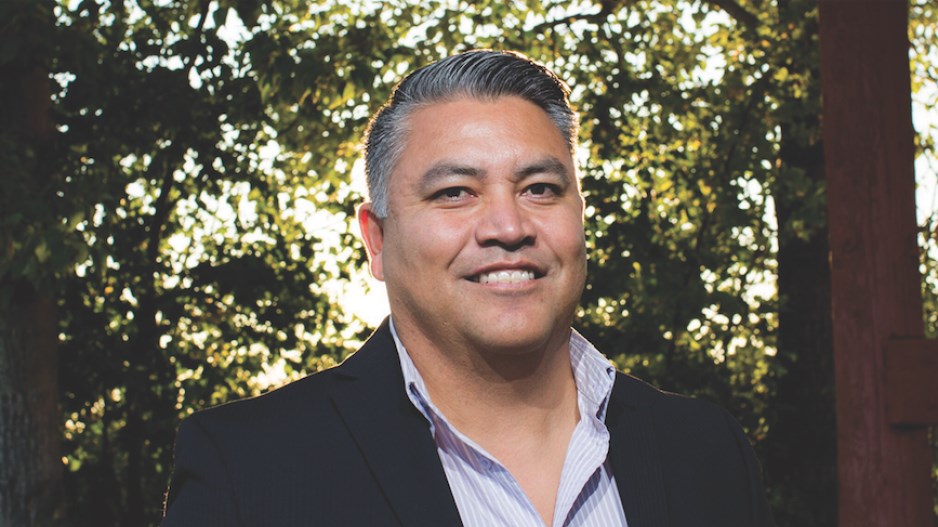Real change and a renewed nation-to-nation relationship was prime ministerial hopeful Justin Trudeau’s pitch to Indigenous Peoples in 2015.
It came with a $2.6 billion commitment to core educational programs, a promise to implement the United Nations Declaration on the Rights of Indigenous Peoples (UNDRIP) and a commitment to launch an inquiry into missing and murdered Indigenous women.
The platform followed nearly a decade of federal Conservative leadership, which brought funding cuts to Indigenous programs and legislative changes that affected individuals and communities.
Trudeau’s government promised to be different. It many ways, it has been. But some see that change as a return to previous federal Liberal policies rather than a meaningful renewal of Canada’s nation-to-nation relationship with Indigenous Peoples.
“This Liberal government was simply bringing us back to a pre-Conservative level of success,” said Terry Teegee, regional chief of the BC Assembly of First Nations, which advocates on behalf of B.C. First Nations.
Analysis of the Liberals’ first four-year term by the Yellowhead Institute, a First Nations-led research institute based at Ryerson University, shows that of the 16 bills introduced by government that affect Indigenous people, the party passed 14. Ten received royal assent this year – eight on June 21, including acts respecting Indigenous languages and Indigenous children and families.
Of the 15 bills introduced by private members over the same period, 13 have died, including Bill C-262, which would have ensured Canadian laws are in harmony with UNDRIP.
The Liberals’ track record has been spotty, said Teegee. He pointed out that the government has yet to follow up on the recommendations made in the Missing and Murdered Indigenous Women and Girls final report released earlier this year. Safety, along with health, water and infrastructure needs on-reserve, remain issues. He would like to see further acknowledgment of First Nations rights, sovereignty and self-determination.
“I really don’t see it right now,” he said. “There definitely needs to be more commitment to this relationship.”
The Liberal Party of Canada and the Conservative Party of Canada have not unveiled their policy platforms for 2019. Conservative leader Andrew Scheer has promised to develop a national action plan with Indigenous Peoples to advance reconciliation, though as of press time, details of what that plan involves remain unclear.
The New Democratic Party of Canada’s platform acknowledges the need for a new fiscal relationship with Indigenous Peoples, commits to implementing UNDRIP and promises to work with Indigenous entrepreneurs to solve access-to-capital issues.
The latter, along with access to technology and attracting employees, is a top issue facing Indigenous businesses today, according to Tabatha Bull, chief operating officer of the Canadian Council for Aboriginal Business (CCAB).
CCAB also wants 5% of federal government procurement to go to Indigenous businesses.
“Currently they have not had one year where they’ve gone over 1%,” said Bull, who pointed out that there are private companies that are hitting that 5% mark, which is the percentage of Indigenous people in the Canadian population.
“Research has said that Indigenous businesses in Canada can meet 24% of the federal government’s current procurement.”
In 2015, federal procurement totalled around $20 billion. Roughly $63 million, or 0.32%, was supplied by Indigenous businesses under the federal Procurement Strategy for Aboriginal Business.
“It’s not additional tax dollars,” said Bull. “It’s money that the federal government’s already spending, and we’re saying that you need to be spending as much of this representative of the population as a minimum, and the impact that that’s going to have on the Indigenous economy is huge.”
A $100 billion economic opportunity
The size of Canada’s Indigenous economy was estimated to be around $32 billion in 2016, according to research from TD Economics and CCAB. Carol Anne Hilton, founder and CEO of the Indigenomics Institute, has her sights set on $100 billion by 2025.
It leaves a $68 billion gap to be bridged over the next five years.
“That concept is that the Indigenous economy cannot exist fully within federal programming but actually needs to be invested,” she explained.
The 2019 federal budget was the first time she has seen “a concentrated effort in the ability to focus on economic-focused budget items” – funding to support Indigenous entrepreneurs, to increase Indigenous consultation capacity inside government, to invest in growth funds and development corporations.
A 2016 report from the National Aboriginal Economic Development Board found that addressing and closing gaps in the Indigenous labour force would increase Canadian gross domestic product by an estimated $27.7 billion annually – a 1.5% GDP bump at the time. In her work, Hilton is focusing on that $100 billion as a platform for economic reconciliation, which includes addressing revenue-sharing within the nation-to-nation fiscal relationship, investment into the Indigenous economy and integrating Indigenous advisers into relevant federal ministries.
“There’s been such a high focus on both the legal relationship with Indigenous Peoples, and the social needs and the social impacts, that it’s only now becoming ever more clear that the growth of the Indigenous economy must be catalyzed and instigated essentially to support its growth,” she said.
“When Indigenous Peoples do well economically, Canada does well.” •




